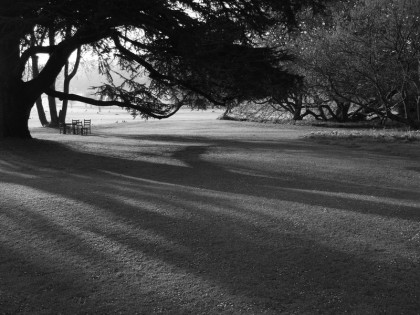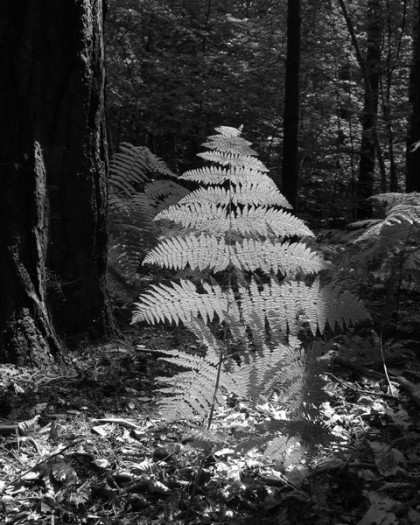Art Journal Post August 2017 by Jenny Meehan
To contact me follow link below: https://jennymeehan.wordpress.com/jenny-meehan-jennifer-meehan-how-to-contact-me/
All images unless marked otherwise are ©jenny meehan
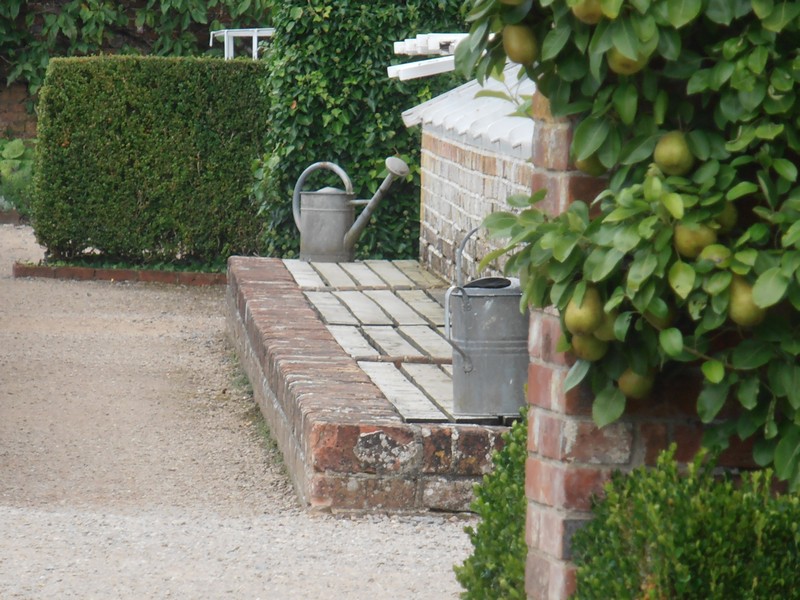
I’m feeling encouraged as I continue my experiments with Keim mineral paints. I love silica-sol paint, and Keim Optil and Soldalit are lovely. I purchased some paint from Keim UK several years back when painting the mural at Trafalgar Junior School. I initially used Beeck silicate dispersion paints and then Keim Soldalit (silica sol paint) for the lines. I found the Keim Soldalit much easier to use than the Beeck silicate dispersion paint and I wished I had painted the whole mural with it! We live and learn.
Keim were an excellent company to deal with and very helpful with respect to technical information. I continue to experiment with Optil and Soldalit, on smaller scale paintings at present. Here is a link to information on that mural. It was good to teach the children about ecologically friendly paint options and materials.
I experimented with making my own watercolour paints last year. They are still looking good in their pots, thanks to the addition of a few drops of oil of cloves.
West Dean Taster Session with Jon Edgar
One of the highlights of my trip to West Dean College this year was working in three dimensions during a taster session taught by Jon Edgar. He facilitated our learning with a exercise which involved making a sphere. We then progressed to carving a block of soap. I am rather pleased with mine. I really need to do more work in three dimensions. You can see I enjoyed examining the work afterwards!

soap sculpture west dean college jenny meehan

soap sculpture west dean college jenny meehan

soap sculpture west dean college jenny meehan

soap sculpture west dean college jenny meehan

soap sculpture west dean college jenny meehan

soap sculpture west dean college jenny meehan

soap sculpture west dean college jenny meehan

soap sculpture west dean college jenny meehan

soap sculpture west dean college jenny meehan

soap sculpture west dean college jenny meehan

soap sculpture west dean college jenny meehan

soap sculpture west dean college jenny meehan

soap sculpture west dean college jenny meehan

soap sculpture west dean college jenny meehan

soap sculpture west dean college jenny meehan

soap sculpture west dean college jenny meehan

soap sculpture west dean college jenny meehan

soap sculpture west dean college jenny meehan
I’m not sure what it is, or what I will do with it, but I enjoyed making it! It’s quite bird-like!
Now for something mad…
Time to dress up!
My costume for the evening dinner event…

Gracious! It was fun!
Here are the other images from that taster session!
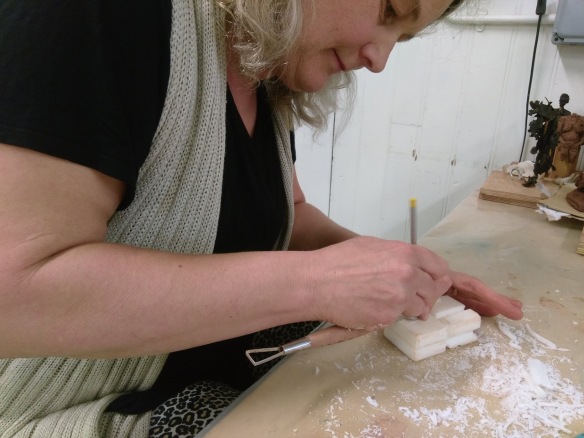

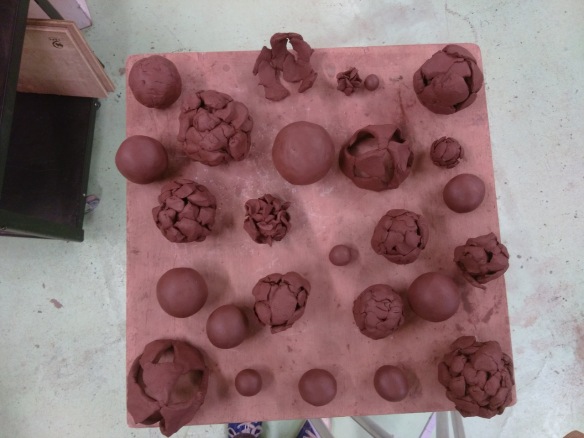
Artists writing about their work
As an artist who likes to write about what I do, I prefer to do this in a simple and direct manner, with the aim of helping people to engage with my work, rather than scaring them away from it. I am also someone who engages in meandering ramblings this way and that, here in my journal, because it helps me sort my head out.
I wonder what the greatest “crime” might be in the realm of artists writing about their art? It might be something like “I did this because I felt like it” Or, “I did this picture for you.” Or “I had a lot of this colour of paint left over, and I wanted to use it up.” Or “I didn’t have a clue about what I was doing, to be honest.”
“I didn’t have a clue about what I was doing, to be honest.” is probably the best one, I think. Yet, when pushing boundaries in painting, it may be the most helpful attitude to have. I am not dismissing thinking analytically about one’s work and what it means. And history is very important. Relating your work to what has happened and is happening in an art historical context from time to time is often fruitful and interesting. But in the end the meaning in the most intimate sense is very personal and cannot be disconnected from ones self and one’s experiences and situation. The real context is, essentially, pretty small. References and relationships can be made beyond that, because it is interesting, can be fun, and it is good to apply what we do to other situations.
Maybe this is because it enables both us, and others, to experiment with looking at what we do/produce from different angles. This may also open up new, related ways of looking at things, perceiving and understanding aspects of experience, which enrich us all. AND we all want to be relevant and contemporary. That kind of sounds so good. The reality is, that you don’t have to try and be contemporary, because you just ARE if you live in the here and now!!!!
There are times when I am working on something and I have a clear sense of what I am doing. Sometimes I work with a design…I don’t mean a physical one, but a mental plan, and I do have an idea of where I am going with it. But normally the brain work attached to my art work comes AFTER I have created it. Not before. It is a bit like something landing in a pool and ripples coming out from it. You spend time looking at what kind of effect it is making, and then how those ripples relate to what is going on with yourself and the world around you. THEN you might write about it. But I would not want to pretend that I know what I am doing when I do it, because most of the time I don’t. Is not that true of life generally? Don’t we often look back, and then see what was going on in retrospect?
We need distance, when viewing art work, but not a distance created artificially by language which promises to open up our eyes to a vision beyond ourselves, but is, in reality, a mirage bearing no kind of nourishment at all.
I was chatting to a gallery owner in London recently, and she told me that for the Royal Academy Summer Exhibition artists now have to write a short statement about their work if they get past the first stage. I didn’t know this, as I haven’t entered the Royal Academy Summer Exhibition for years. I did realise they have changed the way they organise things, because there is now a digital image submission for the first stage. I felt initially that this was good, because a lot less hassle practically, but in reflection of my conversation with the gallery owner, it is very true that some paintings don’t look as good in a digital image as they do in real life, and some look much better than they do in the flesh!
I think some of my very textured lyrical abstract expressionist paintings would stand to lose a lot when viewed in an image. Really need a few images in different lighting to see the paintings, especially as they are painted to be seen in different types of lighting across the day. Those different finishes I use sometimes cannot be appreciated at all in a digital image. And there is always a huge distortion of colour, especially with reds and blues, plus the type of light the digital image of the painting is taken in.
When I produce images of my paintings I don’t spent ages matching the colours perfectly, because I don’t have any aim to make ultra accurate reproduction prints. I tend to see the digital image of my paintings as a separate entity and often develop the image as such. However I do correct to some degree, having the painting in view, as I make the adjustments. I normally ensure levels are true, adjust the colour balance to remove the blue tinge which they carry, and adjust any prominent discrepancies which occur… just the obvious.. normally blue and red need attention. So this gives me a reasonable reproduction suitable for use in conveying what the painting looks like. However, not all artists will have the skill or knowledge to do this, therefore this may be a stumbling block.
The other matter, that of providing an artists statement for the submission to the Royal Academy Summer Exhibition, isn’t something which is difficult for me personally, with my degree in Literature and love of writing. I enjoy analysing what is happening with my work and what it means, and how it resonates for me. It’s part of the process I enjoy. However, it is the case that there are also many, exceptionally talented, Artists who are experts in visual expression and representation, but who have huge problems with written expression. It is a different art form, and they may find themselves disadvantaged by the new process.

Pears in the Kitchen Garden at West Dean Gardens
From art to a little of one of my other interest; Theology!
Carter Heyward on the Nature of God
I’m very pleased to have discovered Carter Heyward and I’m certainly going to be reading more of her writing. The text below is a brief summary of her main ideas on the nature of God which I’ve got from Wiki for my own reference purposes.
“The Rev. Dr. Carter Heyward is the
author of a number of books and numerous articles, Heyward’s most distinctive theological idea is that it is open to each of us to incarnate God (that is, to embody God’s power), and that we do so most fully when we seek to relate genuinely to others in what she calls “relationality”. When we do this, we are said to be “godding”, a verb Heyward herself coined. God is defined in her work as “our power in mutual relation”. Alluding to mainstream Christian views of God, Heyward has stated “I am not much of a theist”. For her, “the shape of God is justice”, so human activity can, as theologian Lucy Tatman has observed, be divine activity whenever it is just and loving. In her book Saving Jesus From Those Who Are Right, Heyward asserts that “the love we make … is God’s own love”. In Heyward’s work, God is therefore not a personal figure, but instead the ground of being, seen for example in compassionate action, which is “the movement of God in and through the heights and depths of all that is”.”
“the shape of God is justice”
I love, love love this!
Now back to art, and specifically materials!
Technical Interest Regarding Resins
I have been wondering if there a difference between polyester, acrylic, and epoxy resins. I do experiment from time to time with new materials, as I believe this is important in order to keep things fresh. While using acrylic emulsion, which is the basis of acrylic paint, I have only dipped my feet in using acrylic resin, in the form of Rosco clear acrylic gloss which I mix with pigments and paints sometimes. Plus also using a hot melt adhesive (HMA), (also known as hot glue) which is a form of thermoplastic adhesive that is commonly supplied in solid cylindrical sticks. I used the hot melt glue in this painting:
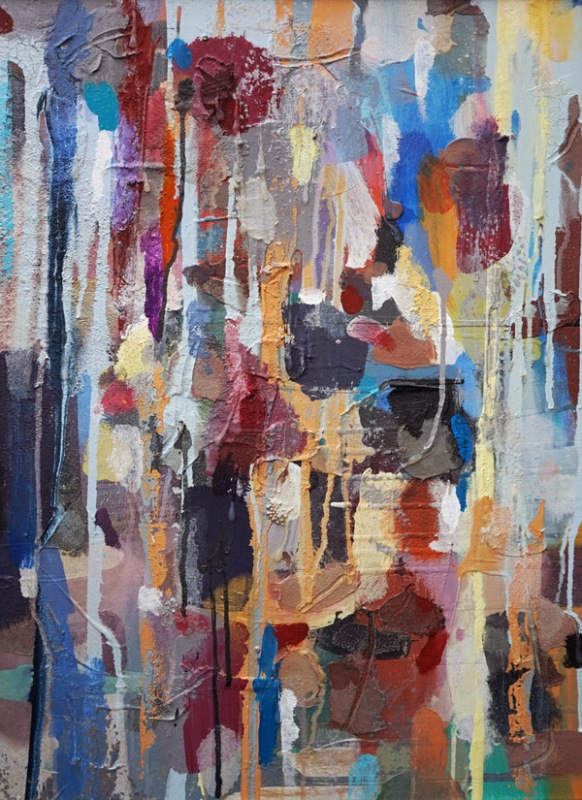
joy pain/window pane painting by jenny meehan© Jenny Meehan lyrical abstract expressionist colourful textural art painting spirituality
I am still thinking about this painting, therefore it is still in progress. There may be some minor alterations to make.

jenny meehan abstract expressionist painting licensable art images book covers detail of joy pain/window pane painting
Acrylic resin is a thermoplastic, which means it is one of a group of plastics which can be heated and manipulated repeatedly, whereas polyester resin and epoxy are thermosetting plastics, which use heat or a catalyst to solidify into a solid mass that won’t melt down. Acrylic is mixed from acrylic polymer, a dry powder, a methyl methacrylate monomer, a thin liquid, and usually an organic peroxide hardener of some sort.
Polyester resin is a syrupy clear liquid, and is mixed with a small but variable amount of a strong catalyst, which causes the curing mass to heat up (and to craze if you’ve added too much.) It is versatile stuff, being useful for coating, casting, and building up composites, usually in conjunction with fiberglass cloth. It is not as hard or as clear as acrylic, having a somewhat yellowish tinge to it. And it—and especially the catalyst—is also highly toxic, and is persistently evil-smelling as well.
Epoxy resin works similarly, doesn’t smell as bad, but it—and the hardener that makes it set—is a sensitizer, meaning that you can get a nasty allergic reaction after repeated exposure. Some hardeners are not as bad as others in this respect. Epoxy won’t set water-clear like acrylic, and doesn’t resist sunlight (UV) degradation as well.,
Almost any dry pigment can be used to colour these resins, as well as various inert fillers which also add colour; there are also special polyester dyes available. It can be made opaque or transparent—acrylic is used for casting “plexiglas” sheets, among other clear things.
I am interested in the problem of yellowing, which is a problem when using these materials clear without colouration. Even if you start with a clear resin, this does not necessarily mean ‘colour free’. Some clear resins will have a yellow tint to them, which varies depending on the kind of resin. If you’re unsure about how clear the resin is be sure to check with the retailer or manufacturer before making a purchase. Know that the clearer and more colour free the resin, the more it will cost because it is extra expense to remove the impurities. If you don’t need it clear you may even want to consider using an opaque resin, which will save you some money.
I have some Epoxy Glosscoat made by Vosschemie which I brought from Tiranti, but I have not tried it out as yet. It is a solvent free two component casting or coating resin:
“Description
Glosscoat is a cold curing, solvent free, transparent, easy flowing resin.
It is cured with Glosscoat hardener. Decorative pictures, collages and coatings with a smooth, high gloss surface can be made. The colours can be separated by wire inlays (similar to lead borders) or allowed to flow into one another. A coating of Glosscoat enhances the effect of wood grain.
Appliance
– Decorative coatings, collages on wood and other materials
– High gloss, transparent coats on various materials e.g. wood, plastics,
metals etc.”
The problem is that all epoxies will yellow over time and especially under UV sunlight. A clear epoxy turns yellow, a white epoxy turns golden, blue epoxies turn sort of green.While all epoxies will yellow (and you cannot add UV blockers to thermoset resin systems like epoxies) there are some epoxies that yellow more and yellow quicker. Do not believe anyone that claims to have a non yellowing epoxy or an epoxy with UV protection (other than pigment).
Well, that’s my technical research for now done!
Varnishing Paintings
Most of my everyday yellowing concerns are to do with how I varnish my paintings, which varies immensely depending on the work and characteristics of the painting. I have UV protective laminate coatings, spray coatings, brush applied coatings and different varnishes. All hugely different. I choose accordingly. For some paintings, a slight variation in the colour of the varnish in time actually looks good! I normally make a note of what I have used on the reverse of the painting, and as I hold much of my work for several years before offering it to other people, I can monitor what is happening. I am pretty sure so far that any changes are only noticeable to myself, and my highly tuned eye which remembers the unmemorable!
Some people say that you don’t need to varnish an acrylic painting, but I don’t agree. Acrylic paint is micro-porous and because I do adjust my paints, sometimes making them myself and adjusting ratios of binder and pigment, I need to ensure the work is well sealed and paint is not lose. I don’t worry about the actual pigment colour fastness because I only use light fast pigments and tend to favour those with the most robust colour fastness anyway! Plus modern day synthetic dye based pigments probably benefit from a bit of fading because they are so obscenely bright! I spend a lot of my time knocking them back!
Random Quote from Jung
Yep, bit random. That is the joy of piecemeal!
Jung saw collective neuroses in politics: “Our world is, so to speak, dissociated like a neurotic” (Jung, 1964:85).
[Contemporary man] is blind to the fact that, with all his rationality and efficiency, he is possessed by “powers” that are beyond his control. His gods and demons have not disappeared at all; they have merely got new names. They keep him on the run with restlessness, vague apprehensions, psychological complications, an insatiable need for pills, alcohol, tobacco, food – and, above all, a large array of neuroses. (Jung, 1964:82).
Yep. What can I add? Not a lot. Thank God for psychotherapy, reflective practice, contemplation, and paint.
And God (source of all LOVE) in action in the world, in hearts and lives of people!
Some Lovely Flora and Foliage from West Dean Gardens
I like to keep myself professionally developed!
I can credit the bulk of my artistic training to the Short Course Programme at West Dean College. The college is set in the most beautiful gardens, and spending time in meditation and contemplation in West Dean Gardens is as much a part of my creative process when I’m there as any time spent in a studio. I take a lot of photographs which are themselves an aid to meditation, as the act of taking a photograph helps me to narrow my focus and particularly to take in the effects of light. So I am going to share a lot of my photography with you here!

west dean college short course jenny meehan flora and foliage images© Jenny Meehan
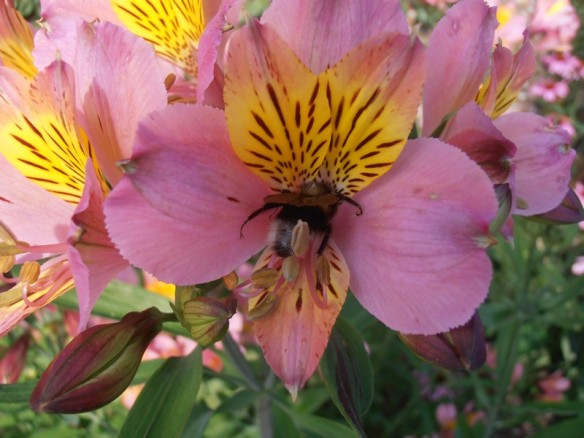
west dean college short course jenny meehan flora and foliage images© Jenny Meehan
Lovely Bees. Teach us about being. The worker bee and the queen bee. We need both in our lives. A version of Martha and Mary in the Bible. Sorry, this is a bit random and cannot be bothered to explain it in greater depth. Just in summary, that our selves need to value the act of being as much as of doing! Our culture is not geared up for this at all. Those busy bees gather what they need. The fruit of their labour is made into honey.
Quote From St. Teresa of Avila
Let nothing disturb you,
Let nothing frighten you,
All things are passing away:
God never changes.
Patience obtains all things
Whoever has God lacks nothing;
God alone suffices.
— St. Teresa of Avila

Painting! Painting! Painting!
SOOOOOO GOOOOOOOOD to do everything without my knee stopping me! Instead, it is helping me! I am incorporating exercises and movement into my times of paintings. This has always been important to me. I find it helpful on so many levels. Painting is not a static activity. It is movement, all movement, internally and externally.
The paint is moving and I am moving. I am playing with space and colour. It is a dance of motion, emotion, reflection and liberty. Now I am freer than I have been for years. I can move better and I can paint more freely. It is psychological and emotional as well as physical. These parts of a person are not disconnected. I have more time released to paint, because everything does not take as long as it used to.
I have recovered my old painting clogs and can wear them again! I couldn’t wear them for two years because my knee was too painful and needed cushioning all the time when I was standing on my feet. I haven’t limped since my TKR, not once. Not even a glimmer. I can stand up straight. Not sure when the novelty of this will wear off! Hope it never does! Also great to get around London. I can live without constant worry of if I will be able to get somewhere or not. And not have what I do dictated to by knee restrictions!

clog dance/sacred dance abstract paintings colour copyright jenny meehan
The painting above is quite an old one, oil on canvas, done while dancing in my clogs. Last time I wore them. Now I am back in my clogs once more! Tipped y tap!
I am not due to post an update on “The Very Patient Knee Replacement Story by Jenny Meehan” as yet, but if you would like to read it the link is at the right hand side of this blog. Or go here. https://jennymeehan.wordpress.com/the-very-patient-knee-replacement-story-by-jenny-meehan/
It is at the five month mark at present. It is not ideal to need a TKR aged 52, this is true. It may not be a cause of rejoicing for many people. But life is now life, while before it was running down a plughole. I suffered a lot of agony before the knee replacement, and thankfully it all seems a distant memory now. It wasn’t a good two years preceding the surgery. But knee replacement surgery, far from being a “procedure of limited clinical value” is a life changing and liberating surgery, and I will always be grateful for it.
Black and White
Here’s a few more photographs, this time in just black and white, from the archives, as I look back for a while…
This was a small section in the ground either in or near the Victorian Glasshouses in West Dean Gardens. It was on a slab of stone, so I guess there must have been/or is something underneath the slab. From the website;
“These splendid glasshouses were all built between 1890 and 1900 and were completely derelict before their restoration in the early 1990s. They are magnificent examples of Victorian craft and ingenuity. They are repainted on a four year cycle; the exteriors over summer, when the weather is kinder, and the interiors over winter, when the glasshouses can be emptied. In addition, they are hand scrubbed from top to bottom, inside and out, each winter, a process that takes two tolerant gardeners two months to complete. There are thirteen glasshouses in total, superbly restored. “
Another fond West Dean memory. This restful landscape view is one I have in colour, which is a rich green. However, this black and white version supplies so much visual interest, I dispensed with the green. Most of my photography ended up being in black and white because I demand more colour control than I could deliver without actually printing my images myself. I do continue with photographic imagery, but it is more of a personal pleasure now than it was. A tool for meditation.
Again, West Dean Gardens. Looking across the River Lavant, in the Spring, with the young Horse Chestnut leaves opening. The River Lavant is a winterbourne that rises at East Dean and flows west to Singleton, then south past West Dean and Lavant to Chichester. The River Lavant dries up around July and starts to flow again in November.
Wooden ground/flooring, another image taken at West Dean Gardens. I have used photography to develop my awareness of different textures and light. My photography is completely relevant to my paintings, as though pictorial and black and white, the process of looking and taking them, and of creating the compositions is most valuable. Wood, metal, and rock/stone, water and sky.
All this awareness can be taken inside oneself and expressed in painting. You cannot always make direct associations with the source and inspiration of a painting. Sometimes I detect a memory here and there, but I think my paintings are mostly a simple response to my experience of living and life. Sometimes there is a clearer and more direct reference which I feel comfortable making. It varies a lot.
Many of my photographs have been taken on Oxshott Heath, a much loved place for me, starting with walks as a child, and I am still walking there today! This is rather nice, and brings with it a sense of continuity and a link with myself as a child. My Dad used to pluck a fern from the forest floor for my brother and I to hold like an umbrella. It’s hard to pluck a fern from the forest floor… He was rather strong! So this photograph makes me think of him! I love growing ferns and have a bit of a collection in the garden now. Cannot resist them!
The Snail in the Studio Painting by Jenny Meehan

the snail in the studio/Liberty in the Studio jenny meehan abstract painting
Thought I would pop this up. This is an example of one of my paintings with a very direct and clear reference/inspiration! I need to give a special mention to the action painter snail who carried out some of the work. She does not have a name, but I will give her one. It can be Liberty! Thanks Liberty! I haven’t seen her, but I know she is there because she leaves a silver trail behind and she’s eating my paintings!
I have already posted this painting up I think, and not that long ago, but because I have been learning the art of patience, it seems so apt to post it again and give it a bit more thought.
I have not done so much in my studio this year, apart from tidy it up and sort it out, because I have been working in the garden on bigger paintings, and I also spent the earlier months of the year focused on recovery and rehabilitation from knee replacement surgery. But I do go and sit in my studio tent often, to pray and contemplate. And memories of constantly discovering snails had eaten up pieces of painted card I have from last year still fill my mind.
I painted on the card for several reasons. Sometimes, it was to mix paints and at other times to take note of certain colours. Amazingly the snail poo contains the colours…not surprising I guess but still it is novel to discover what has been eaten! I have painted some more pieces of card and laid them out to see what those lovely snails will do this year.
“The Snail in the Studio” is my image of my studio. It does not show you the appearance, but the general feel is right on. The tarpaulin is translucent white and there are dabs of paint all over the place. Things hang or sit in a random fashion and objects have a look of waiting to be picked up somehow, to my thinking. It is a place of movement and activity which is also very still. The shaft of sunlight breaks in through the generally diffused light. And evidence of snails, working their way through things, is dotted here and there. It is a place of Liberty for me. I have no room of my own in the house, as its small for four people. So the Studio Tent is the only space I have which is exclusively mine.
I used some of the remaining card, which the snails (Liberty) had left their/her own patterns on, in the painting/collage “The Snail in the Studio”.
While I enjoy my new found freedom, I am also surprised that the narrowing down my activity has been as rewarding as it has been. The lead up to the knee replacement was like a river, the knee replacement surgery like a dam, and the time after has increased my mental meanderings, maybe because of the earlier necessity to drop all other activities. I have this image in my head of tiny little rivers, or rivulets (must be a word?!) coming out of small outlets in the dam and what once was a river, is now many small and more slowly flowing rivulets.
I wonder how this is going to change my creative work? Will it just be a matter of doing less, (does not seem to be!) or just moving at a different pace? Or will I find greater depth even in the shallow and more slowly flowing waters? There is a certain discipline involved in doing less. Maybe when it comes to passionate art making, this is a good thing, and the holding back will bear its own fruit? I have certainly lost the panic of feeling that I am never doing enough. Had to let go of that completely over the course of this year!
And my studio…Yes, chaos, and wonderful creativity!
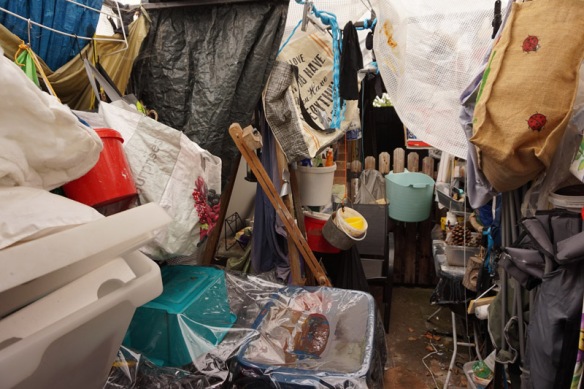
The Very Patient Knee Replacement Story by Jenny Meehan
Yes, still banging on about this. Will continue to do so!
“The Very Patient Knee Replacement Story by Jenny Meehan” is now in an abridged form. You can get to it by following this link, and the link is also on the side bar of this blog under “Pages”.
It is still pretty long, so skimming may be a good idea! It’s an ongoing project. I am also going to attend the patients forum at SWLEOC (South West London Elective Orthopaedic Centre). I want to offer back anything that might be useful.
Here’s an image of me post surgery at home. I did find a TENS machine helpful, along with all the other medication for pain relief!

Oh what a laugh I am having watching the BBC series “Quacks”! Puts knee replacement surgery into the background! Love the humour…
http://www.bbc.co.uk/programmes/p05bsn8k
Rather outrageous! So, beware, never worship your surgeon, however good they may be!!!
Good job they didn’t do TKR’s in Victorian times!!
Images of Artists’ Studios
How do artists depict their studio space? It is the most intimate and sacred place. A place of being and creating at the core of the creative artist. In that place what is revealed and what is discovered? How is the studio space shown and why is it shown in the way it is shown?
In February 2015 (Yes, a while back) Gagosian Gallery picked “In the Studio” as the theme for an exhibition, more details here: http://www.gagosian.com/exhibitions/in-the-studio-paintings–february-17-2015
The exhibition was devoted to images of artists’ studios, as recorded in photographs and paintings and featured more than 50 paintings and works on paper ranging over five centuries. Dratt! I didn’t get to see it! I bet that was fantastic. However, even if you miss an exhibition in person, there is often a lot of info online. Not the same, but often very inspiring none the less!
This year I will at least get, a little peep, into some small parts of a well known artist’s studio!
Matisse in the Studio – Exhibition at the Royal Academy, London
Well, I am very pleased about this, as Matisse is certainly a painter who has influenced me and my own approach to painting. From seeing “The Snail” as a primary school child, a door opened into abstract art, and it was a pleasant introduction! Since then I have spent time looking at different examples of his vast creative practice. But the opportunity to see this exhibition is most welcome and I will probably go in September I should think!
Here is the text quoted from the Royal Academy website, which gives a little insight into the nature of the exhibition:
“Step into the studio of Henri Matisse, brimming with the artist’s treasured objects. Focusing exclusively on their important role in his work for the first time, we will reveal how this eclectic collection took on new life in his transcendent art.
“Eclectic, personal, and vibrant, “Matisse in the Studio” at the Museum of Fine Arts offers you the chance to delve into Henri Matisse’s whimsical world of figures, patterns, and objects. The new exhibit showcases 34 paintings, 26 drawings, 11 bronzes, seven cutouts, and three prints by the artist, along with 39 objects from his studio.”
Addition: I did go and it was very good!
West Dean Gardens

This photo, which I took during some of my many wanderings around West Dean Gardens is a random snap only, but serve a very handy reminder of the feeling I have when in that place. It’s wonderful to return from time to time and see the changes which take place in the gardens in the longer term too.
“To meditate is often to move through a land without paths.”
Christophe André
About Jenny Meehan
I am a painter/visual artist/contemplative/poet/writer and mother, based in Surrey/South West London, UK.
Interested in spirituality (particularly Christ centred spirituality), creativity, emotional and psychological well-being.
I exhibit mainly in the UK, and am a member of Kingston Artists’ Open Studios. I am a trained teacher (PGCE) and hold occasional small groups in developing painting and drawing skills, and general visual creative expression.
My artistic training has been through the Short Course programme at West Dean College, Surrey and through local adult art education classes. I exhibit widely over the UK and some of my paintings and prints are available for purchase.
Please note that all images of my artwork are subject to copyright law: All rights reserved: Jenny Meehan DACS (Designer and Artist Copyright Society). In the first instance, contact me, and I will refer, as/if appropriate.
TO FOLLOW THIS ARTIST’S BLOG SIMPLY GO TO THE RIGHT HAND COLUMN, LOCATE THE “FOLLOW” BOX AND POP IN YOUR EMAIL ADDRESS. YOU WILL THEN RECEIVE MONTHLY UPDATES.

